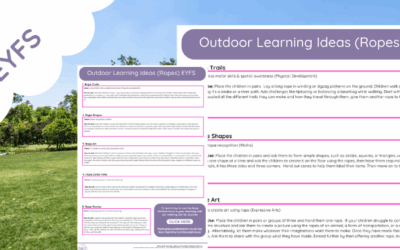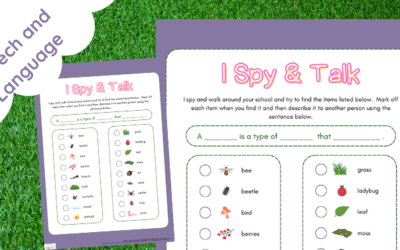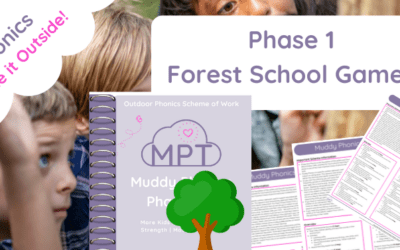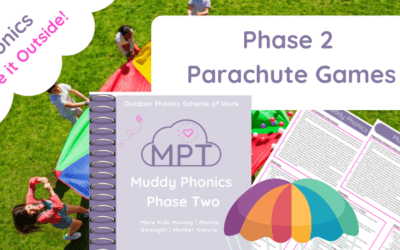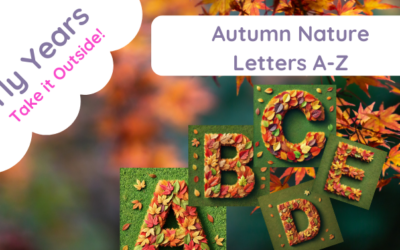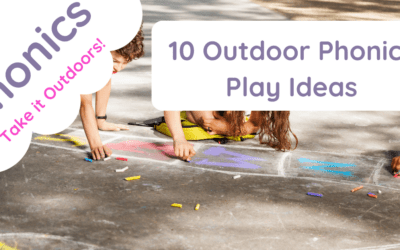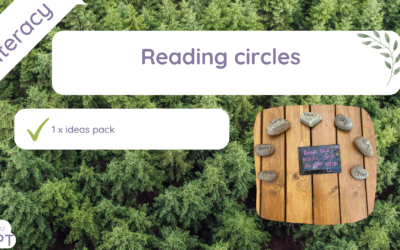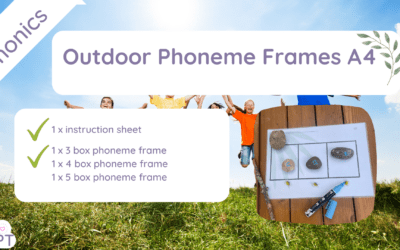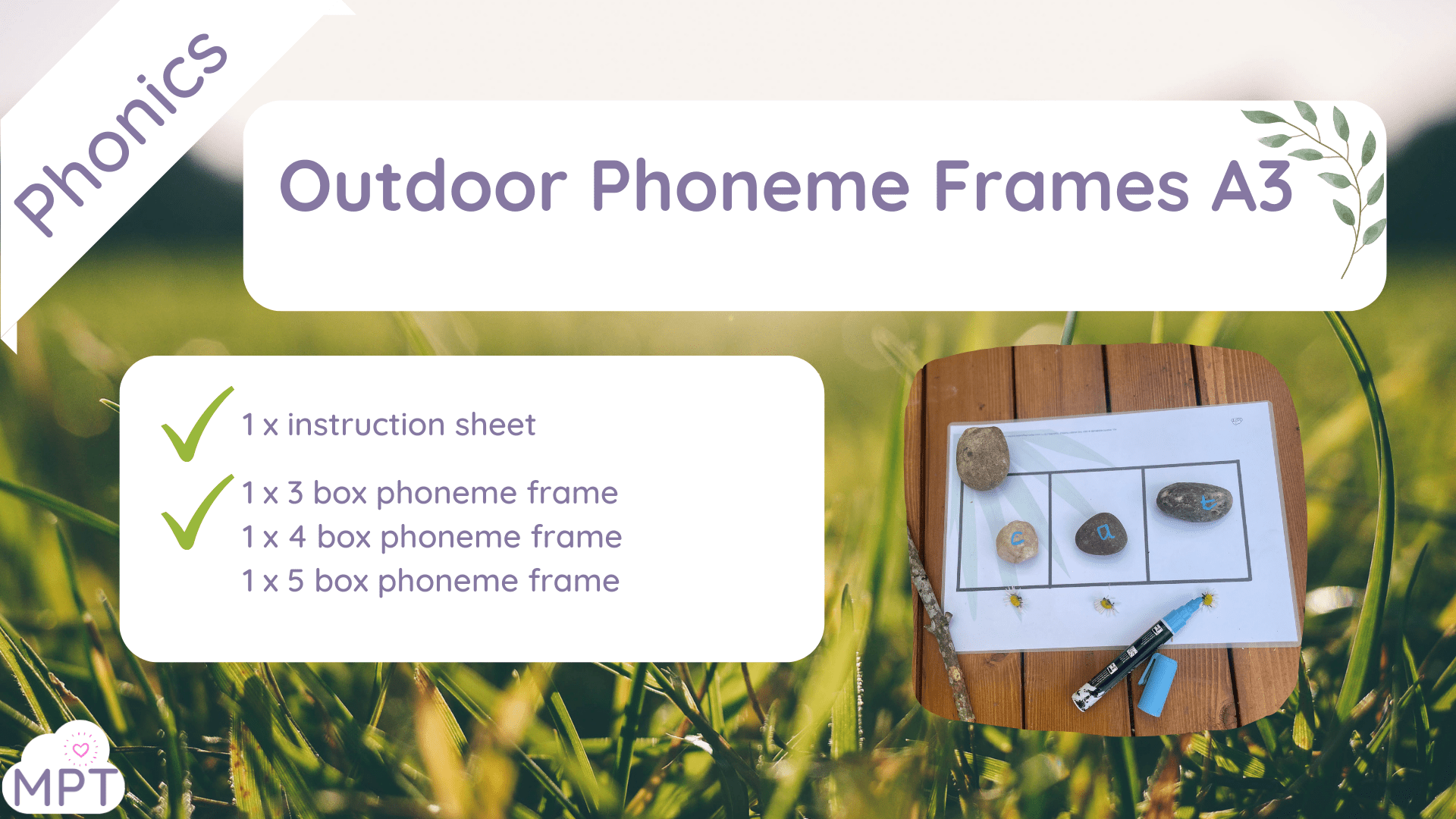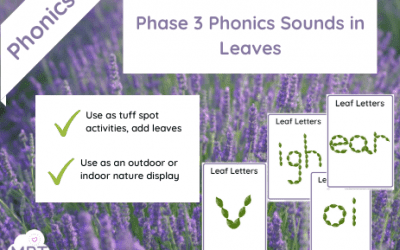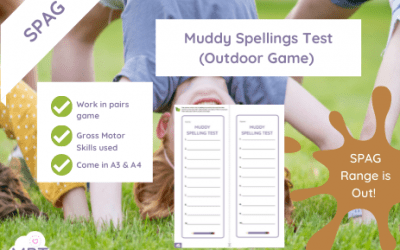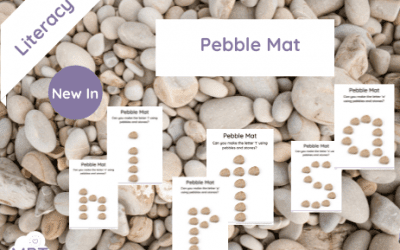Outdoor Learning Ideas Using Ropes (EYFS) is a practical and engaging resource designed to support early years...
Outdoor Learning I Spy & Talk
Apr 10, 2025
Outdoor Learning “I Spy and Talk”Build language, observation, and connection through nature play. Turn every outdoor...
Forest School Phonics Games (Phase One)
Feb 10, 2025
Engage young learners in phonics through nature-inspired, multi-sensory Forest School games. Our Phase 1 Phonics...
Phase 2 Phonics Games (Parachute)
Feb 10, 2025
Phase 2 Phonics Outdoor Parachute Games – Active Learning for Early Literacy Bring Phase 2 phonics to life with our...
Phase 2 Flash Cards
Feb 6, 2025
Phase 2 Flashcards – Fun & Interactive Learning in Nature! Take phonics learning beyond the classroom with our...
Football Phonics Games (Phase 3)
Feb 4, 2025
Football Phonics Games – Phase 3 Make Phonics Active, Engaging, and Fun! Football Phonics Games – Phase 3 is designed...
Football Phonics Games Phase 2
Feb 4, 2025
Football Phonics Games – Phase 2 brings phonics to life through movement, play, and outdoor learning. Designed by The...
Autumn Nature Letters (Capitals)
Nov 10, 2024
Autumn Nature Letters: Bring the beauty of autumn into early years settings with our Capital Autumn Lettering—a...
10 Outdoor Phonics Play Ideas
Jun 27, 2024
Exploring Outdoor Phonics Play: Engaging Activities for Early Learners Phonics is an essential part of early childhood...
Easter Egg Hunt EYFS
Apr 1, 2024
What does this resource include? Easter egg hunt pack 9 x clue sheets to scatter around your outdoor spaces 1 x Answer...
Reading circles
Apr 28, 2023
What does this resource include? 1 x instruction pack on reading circles How can I use this resource? Use in...
Outdoor Phoneme Frames A4
Apr 28, 2023
What does this resource include? Instruction into how to use your outdoor phoneme frame 1 x 3 box phoneme frame 1 x...
Outdoor Phoneme Frames A4
Apr 28, 2023
What does this resource include? Instruction on how to use your A4 outdoor phoneme frame 1 x 3 box phoneme frame 1 x...
Outdoor Phoneme Frames A3
Apr 28, 2023
What does this resource include? Instruction into how to use your outdoor phoneme frame 1 x 3 box phoneme frame 1 x...
Phase 3 Phonics Sounds in Leaves
May 4, 2022
Use Phase 3 Phonics Sounds in Leaves to add some guided phonics in your tuff spots or alternatively use it as an...
Muddy Spellings Test (Outdoor Game)
Mar 16, 2022
Is time for you to take your spellings outside? Muddy Spellings Test (Outdoor Game) is a must for all KS1 and KS2...
Pebble Mat (Tuff Spot) Set One Phase Two Phonics
Mar 7, 2022
Use Pebble Mat (Tuff Spot) Set One Phase Two Phonics to get some quality and rich phonics learning happening outside...
Nature Posters (Set One Phonics)
Mar 7, 2022
Bring nature in using our new Nature Display range. These sleek nature posters will help children feel at peace inside...
New In
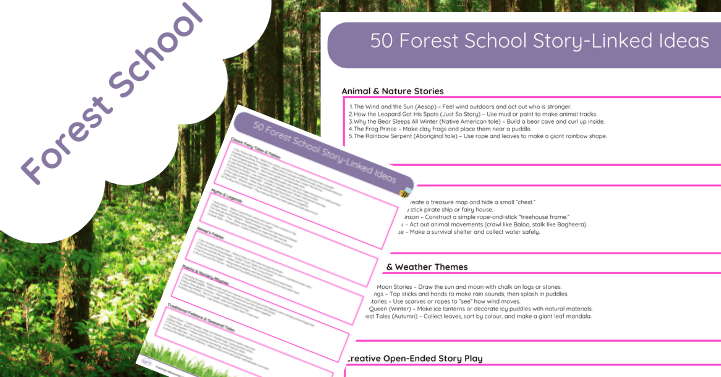
Forest School Story-Linked Lesson Ideas
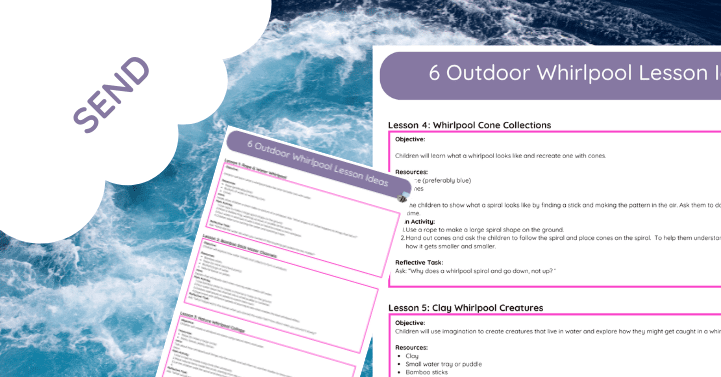
Whirlpool Lesson Ideas – SEND Pack
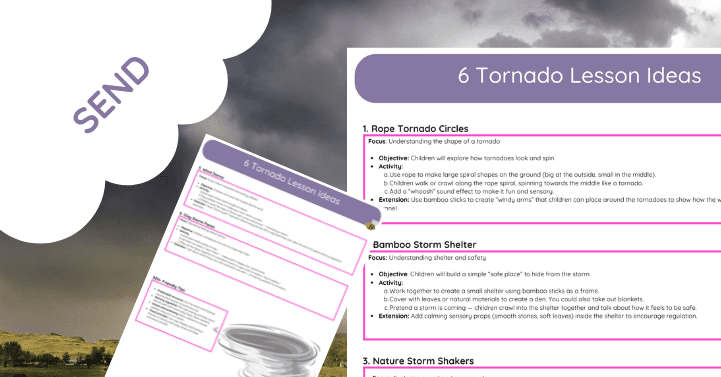
Tornado Lesson Pack for SEND
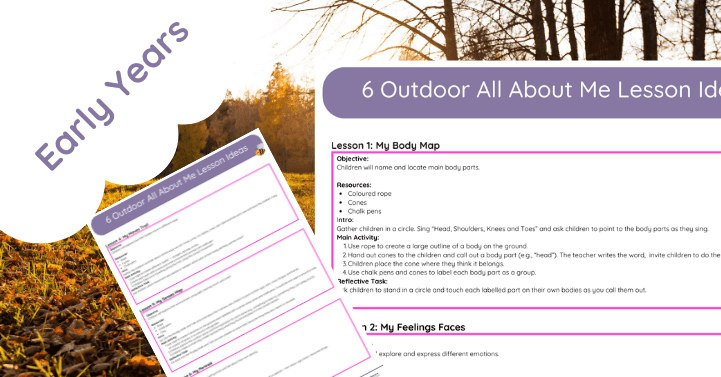
All About Me Lesson Ideas
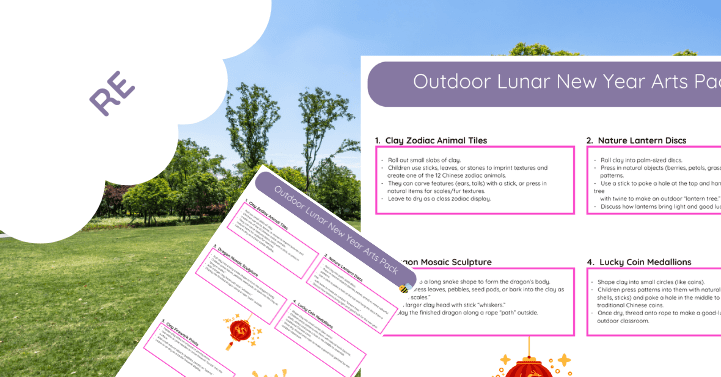
Lunar New Year Outdoor Arts Pack
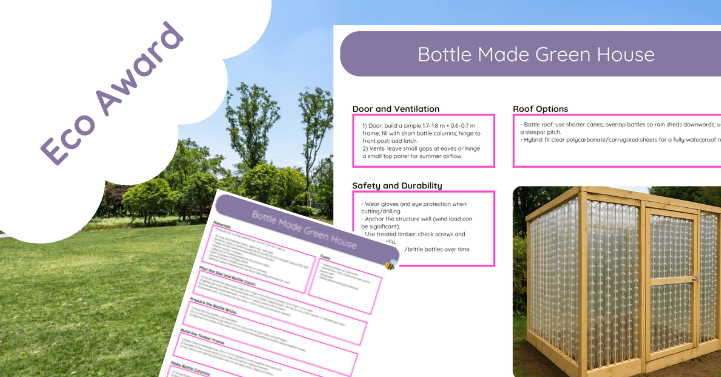
Bottle Greenhouse Instructions
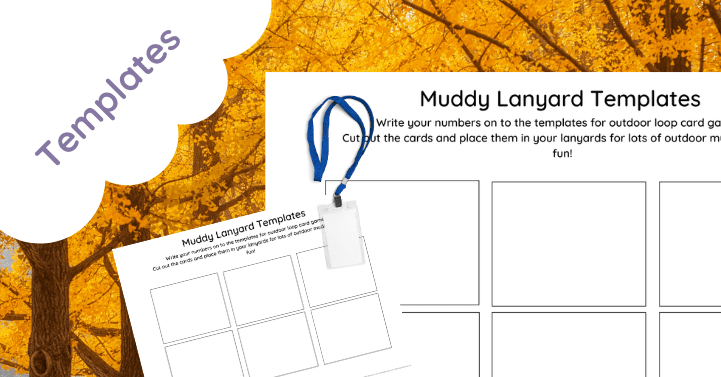
Blank Outdoor Lanyard Template
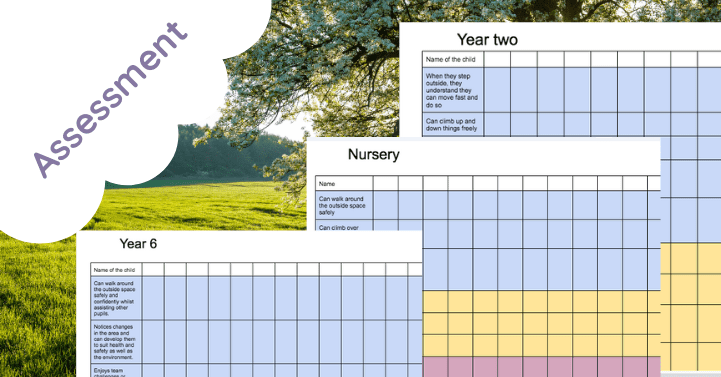
Outdoor Learning Assessment Grid

Nelson Mandela KS1 (Outdoor Lesson Ideas)



